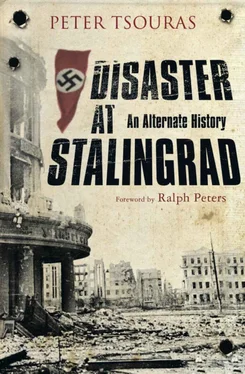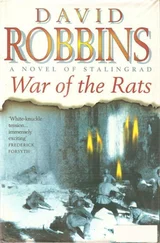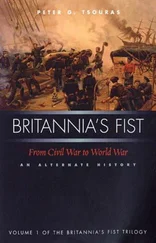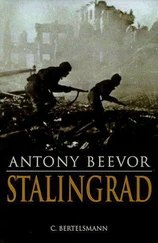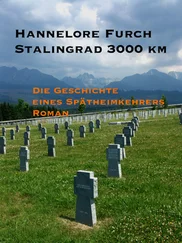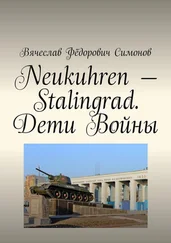Storytelling ability. Writing ability and storytelling ability are often confused with one another, but, while related, they involve separate talents and skill-sets. In my own writing career, I’ve encountered many a would-be novelist who, because they wrote competent non-fiction, assumed that they could easily write fiction. But writing a military report, or a business proposal, or journalism or a historical treatise does not automatically equip a writer for the vastly more demanding matter of creating life on the page and making the reader constantly repeat the timeless question, ‘What happens next?’ The non-fiction writer reports or makes a pitch. He or she may analyze, criticize, proselytize, pontificate or predict, but the effort is always about providing information (true or willfully distorted) to a reader for a practical purpose. The novelist/storyteller, by contrast, is a literary Dr Frankenstein, struggling bravely to create not only a living being, but an entire living world. He or she chooses, from an infinite number of possibilities, the unique combination of body parts that will spring to life for the reader. The non-fiction writer declares, ‘It’s a fact.’ The novelist cries ‘It’s alive!’
I realize that my point here runs counter to what many well-educated adults imagine, but, having written a wide variety of non-fiction and fiction over more than three decades, I can attest that writing competent (if not artful) non-fiction can be taught to most intelligent people, but creating fiction requires innate talent (that has to be developed with patience and resolve). Prose writing involves a skill-set that can be acquired through hard work; storytelling is refined magic. Tsouras has both the professional writing skills and the gift of narrative magic that let him deliver addictive, rewarding alternative-history treasures. Stir in his deep historical and technical knowledge, his human understanding, and his wonderfully quirky, thoroughly convincing vision of what might have been, and the reader with this volume in hand is in for a rare treat: a book of the first quality, and a hell of a reimagining of the hell that was Stalingrad.
Ralph Peters (Author of
Endless War and
Cain at Gettysburg)
INTRODUCTION
‘The Dancing Floor of War’

There is no doubt that Stalingrad was the decisive battle in the war against Germany. Up to Stalingrad, the flood tide of German victories seemed unstoppable. After Stalingrad it was a remorseless ebb tide for the Wehrmacht that only ended in the ruins of Berlin and a bullet in the brain of Adolf Hitler.
Upon what did this turning point in history pivot? Soviet propaganda emphasized the resolve of the Russian fighting man, Stalin’s decisive ‘not one step back’ order, and the immense output of Soviet war industries heroically relocated to the Urals. All of this was true, but it was not the whole story. What is missing in that is the keystone in the arch of victory.
That keystone was logistics. It is that which feeds, clothes, equips and sustains the fighting man. It begins in the wheat fields, mines and steel mills, continues to factories that produce uniforms, tanks and shells, and its end is when the cook dumps a meal into a mess tin, or a quartermaster issues a new rifle, ammunition or uniform. Disrupt any part of this process, and you disrupt the ability of the armies to fight. Frederick the Great’s dictum ‘Without supplies, no army is brave’ was as true in 1942 as when the Prussian king said it two centuries before.
It is little known that, as the German 1942 summer campaign roared to life, the logistics lifeline of the Red Army, Soviet war industries and the population in general was badly frayed and near to snapping. Most of Soviet war industry had either been lost to the Germans or had been evacuated to the Urals where it was being reassembled. In a miracle of improvisation, many of these factories were put back into operation in a very short time, but it still was not enough. Vital materials such as aluminium and copper were in short supply, the aluminium necessary for tank and aircraft engines, and the copper for myriad uses, especially brass for cartridges and shells. The Soviet Union by then had also lost its richest agricultural lands and a huge part of its population. What remained was reduced to a diet that teetered between constant hunger and malnutrition. Soviet prewar stocks of motor vehicles, especially trucks, had been reduced by more than half, and new production was meagre.
Given these disabilities, how did the Red Army humble Hitler’s ambitions at Stalingrad? What was their margin of victory? Though subsequent Soviet historians were loath to admit it, that margin was the massive aid provided by Great Britain and the United States. Edward R. Stettinius, the man responsible for coordinating the provision of war supplies to America’s allies, stated, ‘Enough supplies did get to Russia… to be of real value in the summer fighting of 1942.’ 1The US Army Center for Military History was clear that ‘In committing munitions and equipment to the titanic defence of Stalingrad, the USSR knew that material losses could be mitigated in ever mounting quantities by future lend-lease receipts.’ 2Even a major participant in the battle and future leader of the Soviet Union, Nikita S. Khrushchev stated, ‘if we had to cope with Germany one to one we would not have been able to cope because we lost so much of our industry’. 3This author was told by a senior Russian military historian at a July 1992 seminar on the Second World War at the Russian Military History Institute that foreign aid, even in November 1941, exceeded Soviet production, so much damage had the Germans already inflicted by then.
At that time, most aid received by the Soviets was from Britain, provided at great cost to the British war effort and the British people who went short in innumerable ways to support their allies. American aid had just begun and was in the form of raw materials. It was to grow exponentially until, by the time of Stalingrad, American trucks and jeeps, canned food, and dried eggs and milk were ubiquitous to the average Red Army man, one of whom commented that it was only because of Lend-Lease that the troops were able to get more than one meal a day. British and American tanks and planes were making up about 15 per cent of the total Soviet inventories, a not inconsiderable margin. More importantly and out of the sight of the soldier, the factories were relying on Canadian and American aluminium to build four out of every ten tank and aircraft engines. In effect, foreign aid made it possible for the Soviets to complete 40 per cent of these weapon systems. Essentially, for every thousand tanks or planes the Soviets produced by the time of Stalingrad, 150 were made in Britain or the United States, and another 340 were built with Canadian and American aluminium. Without that aid, the Soviets would only have been able to deliver 510 tanks or planes per the thousand they actually did. Supporting this are Stalin’s repeated requests for priority materials, with aluminium and concentrated foods such as meat and fats at the top of the lists.
None of this denigrates the bravery or heroism of the Red Army soldier or the sacrifice of the civilian population. It does emphasize, however, that bravery and heroism are far more effective with a tank and a full belly than without them.
Thus this alternative history will take that path not taken, the one of sacks of wheat, tons of aluminium, great convoys stuffed with trucks, explosives, tanks, and thousands of the other countless elements of war that made their way from the fields and factories of Great Britain, Canada and the United States across oceans, mountains and deserts to reach the Soviet Union. Then will the drama of battle be played out.
Читать дальше
